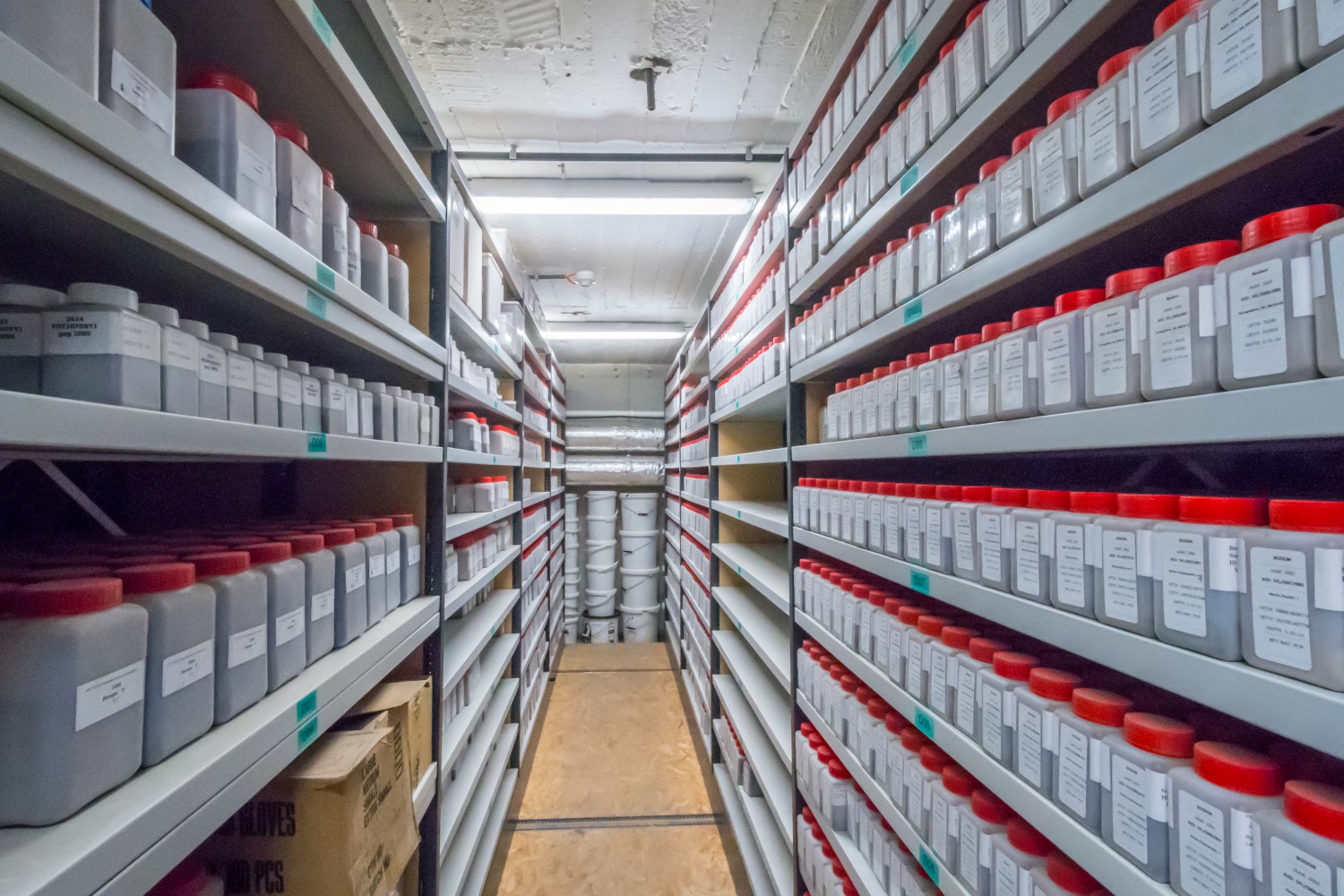Programme 'Coordination Monitoring and Research Infrastructure'

Soil samples in Geraardsbergen (photo Dimitri Evgeni, eLTER)
Details
De vraag naar monitoring van biotische, abiotische en ecosysteemkenmerken is sterk toegenomen met het Stikstofdecreet, de Natuurherstelverordening, en een eerste ecosysteemboekhouding rapportering in 2025. Nieuwe EU-verordeningen voor bos- en bodemmonitoring zijn in voorbereiding.Tegelijk stimuleren deze ontwikkelingen de inzet van innovatieve, geharmoniseerde technieken om de monitoring efficiënter te maken.
Dit programma verhoogt de efficiëntie van monitoring bij het INBO door betere coördinatie
tussen initiatieven, optimaal gebruik van innovatieve monitoringstechnieken en van onderzoeksinfrastructuur, en samenwerking met het Open Science-programma om monitoringsdata FAIR (Findable, Accessible, Interoperable and Reusable) te maken. We ontwikkelen actieplannen en zorgen voor een helder, publiek toegankelijk overzicht via het Vlaams Biodiversiteitsportaal en een geactualiseerde versie van de webapplicatie INBO in je buurt.
Tussen 2025 en 2029 brengen we alle monitoring binnen het INBO in kaart met het oog op de (nieuwe) rapporteringsverplichtingen, zodat meetnetten optimaal kunnen worden ingezet en hun opzet afgestemd is op de specifieke vereisten, en rapporteringsverplichtingen. Een deel van deze actie is dringend en gericht op 2025, ter ondersteuning van het integraal monitoringplan binnen het natuurherstelplan. Het meerjarig luik (2025–2029) focust op de afstemming met andere wettelijke verplichtingen. Meetnetten worden onderworpen aan een doorlichting volgens de methodiek van ons team Biometrie, Methodologie en Kwaliteitszorg, als basis voor verdere optimalisatie.
The demand for monitoring biotic, abiotic and ecosystem characteristics has increased significantly with the Nitrogen Decree, the Nature Restoration Law and the first ecosystem accounting report in 2025. New EU regulations for forest and soil monitoring are in preparation. At the same time, these developments are stimulating the use of innovative, harmonised techniques to make monitoring more efficient.
This programme increases the efficiency of monitoring at INBO through better coordination between initiatives, optimal use of innovative monitoring techniques and research infrastructure, and cooperation with the Open Science programme to make monitoring data FAIR (Findable, Accessible, Interoperable and Reusable). We develop action plans and provide a clear, publicly accessible overview via the Flemish Biodiversity Portal (18570) and an updated version of the web application INBO in your neighbourhood.
Between 2025 and 2029, we will map all monitoring within INBO with a view to the (new) reporting obligations, so that monitoring networks can be optimally deployed and their design tailored to specific requirements and reporting obligations.
Part of this action is urgent and focused on 2025, in support of the integrated monitoring plan within the nature restoration plan. The multi-year component (2025–2029) focuses on alignment with other legal obligations. Monitoring networks will be reviewed according to the methodology of our Biometrics, Methodology and Quality Assurance team, as a basis for further optimisation.
For innovative monitoring techniques, we are setting up user groups to facilitate knowledge sharing and expertise exchange across teams and to determine priorities for further development and use within INBO.
Protocols are shared via the INBO protocol website (10766) and are harmonised as much as possible at European level, in line with initiatives such as the proposed EU Biodiversity Observation Coordinating Centre (EBOCC).
Carrying out ecosystem monitoring (including 11505) is one of INBO's legally defined tasks. We investigate ecosystem functioning at long-term research sites using an ecosystem approach, and strategically use these locations as test platforms for innovative techniques and international standards.
The focus is on unravelling causal links between environmental pressures and ecosystem processes, in collaboration with international networks such as ICP Forests (24078), the European Forest Reserve Network (EuFoRIa 520) and ILTER (12204).
INBO is developing a long-term strategy for research infrastructure, tailored to international standards and collaborations with programmes such as ICOS (12080), DiSSCo, LifeWatch and eLTER. The laboratories are working on quality improvement and accreditation according to ISO/IEC 17025 (757). In Linkebeek, the breeding hall is being renovated and a collection building is being constructed for cultivation and experiments in climate chambers. In Geraardsbergen, the greenhouse focuses on drought and warming experiments, while in Grimminge, the climate suitability and drought sensitivity of tree and shrub species are being investigated.
In addition, as a partner of DiSCCo, INBO is optimising the management and accessibility of collections (17748). The library is also continuing to work on making publications, datasets and projects accessible via the PURE information management system.
| Status | Running |
|---|---|
| Actual start/end date | 01/01/2025 - 31/12/2029 |
Teams
- Analytic Laboratory
- Genetic Diversity
- Open science lab for biodiversity
- Nature & Society
- Management Team
- Biometry, Methodology and Quality Assurance
- Biotope Diversity
- Forest Ecology and - Management
- Landscape Ecology and Nature Management
- Species Diversity
- Datamanagement
- Own Capital INBO
- Estuaries
- Environment and Climate
- Aquatic Management
- Nature Report and Advice Coordination
- Monitoring and Restoration of Aquatic Fauna
- Monitoring Programme for the Natural Environment
INBO Research theme(s)
- Protected nature
- Water
- Soil & air
- Forest
- Wildlife management
- Climate
- Invasive species
- Nature & society
- Agriculture
- Data & infrastructure
Tags
- monitoring
- research_infrastructure
- monitoring
Participants
Nathalie CoolsVeronique Adriaenssens
Johan Auwerx
Dimitri Brosens
Stijn Bruneel
Rein Brys
Bart Christiaens
Robin Daelemans
Luc De Bruyn
Bruno De Vos
Aaike De Wever
Marieke Desender
Peter Desmet
Gerrit Genouw
David Halfmaerten
Stien Heremans
Ward Langeraert
Gerald Louette
Kevin Maebe
Caroline Mouton
Patrik Oosterlynck
Maud Raman
Lies Teunen
Charlotte Van Driessche
Peter Van Gossum
Gunther Van Ryckegem
Louise Vercruysse
Hannes Wilms
Karen Wuyts
Anja Leyman
